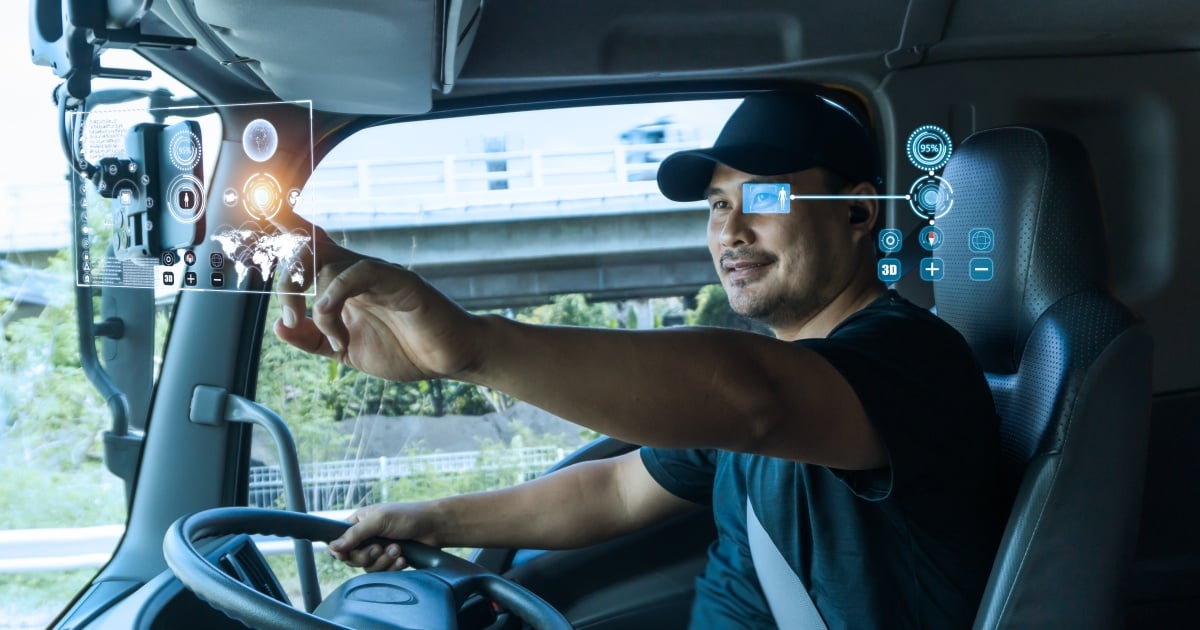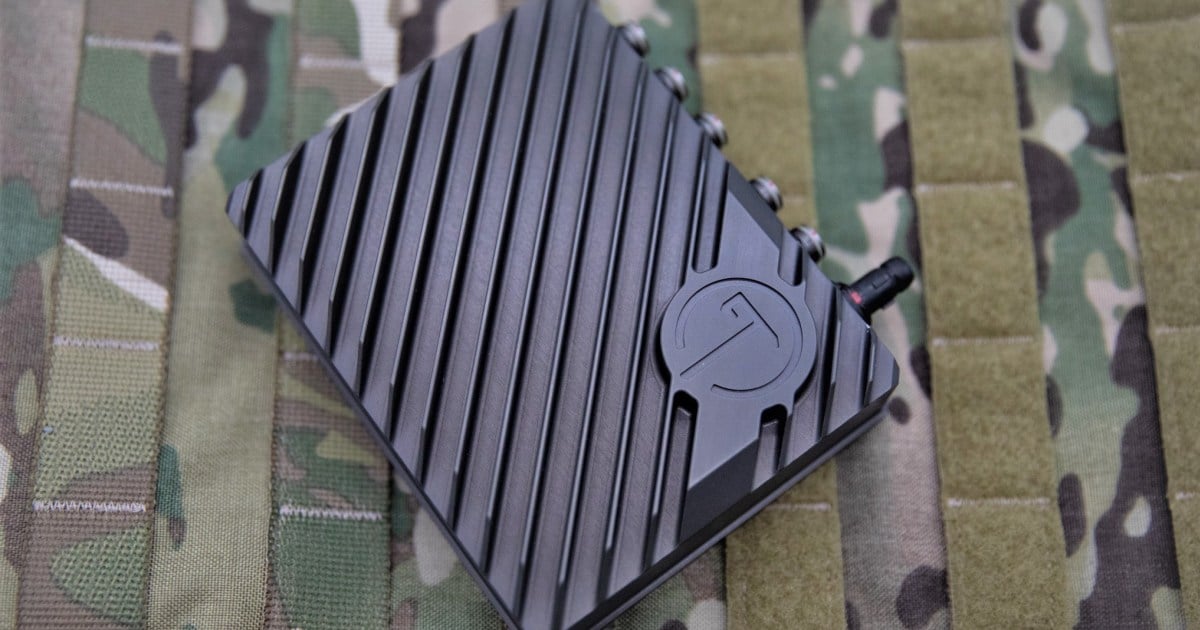The cloud for IoT makes all the sense in the world, whether local clouds for proximity processing, or more distributed clouds for dispersed IoT deployments, where centralized information helps decision makers with everything from remote monitoring to analytics showing how any number of connected devices are performing tasks, operating efficiently, and are securely connected.
In this new era of multi-cloud computing, which is the "next level up" from public, private and hybrid cloud models, being able to leverage the benefits of cloud communications and compute without getting locked into an expensive or otherwise unsatisfactory long term contract is an important consideration for any IoT and IIoT "roadmap maker."
In the telecommunications industry, interconnection and interoperability is part of the fabric that enables trillions of sessions and dollars to flow over local, regional, national and global networks. With the advent of Voice over IP (VoIP), soft-switching made its debut and created billions of dollars in value, turning legacy networks into software-driven, exchange-based connected networks, with a tremendous depth technology built in to support the performance and - importantly - economics of IP networking.
An entire ecosystem of partners arose, including Tier One operators selling wholesale transport, service providers delivering new services over those interconnected networks, and the support of the massively growing public Internet, which eventually created challengers for traditional telecom companies (for example WhatsApp, Facebook Messenger and other Over-the-Top, or OTT services which connected people for free, causing loss of revenue for real time communications companies, in the billions of dollars globally).
Remember When Portability of Phone Numbers Didn't Exist?
Today, it's easy to walk into any mobile phone retail store, choose a new plan, and keep your number, at least in the U.S. and other countries, using the magic of software and interconnected systems between providers. This happened in order to ensure competitive practices and consumer protection, but it wasn't easy to get the portability job done.
Billions of dollars have been invested by companies like Neustar, a company based in the U.S. which has run the "Number Portability Administration Center (NPAC)" since 1997. This is a registry that enables consumers and businesses in the U.S. and Canada to maintain their telephone numbers when they change service providers. NPAC is an authoritative, trusted and neutral registry, the largest in the world, serving more than 2,000 telecom carriers in the U.S. and Canada and facilities the routing of more than 4 billion calls and enables more than 1 million transactions every day.
Is it now time to look at how the Internet of Things could be positively impacted by "more choice" in which networks they use (local, distributed and global), which is made more interesting given that communications and compute are moving to "the cloud" - or more precisely, "the clouds"?
Cloud of Things, an IoT/IIoT technology solutions company based in Tel Aviv, believes it is time and they've created a platform to support cloud portability called the Cloudswitch.
Finding the Right Balance: Performance, Security, Economics: The IoT Exchange?
"When we talk about cloud switching, we're addressing the ability of IoT solution and systems providers to move workloads wherever it makes sense, technically and economically," said Eliav Gnessin, CTO, Cloud of Things. "Not only do different applications have different needs, for speed or security, for closed-loop processing, and more - but the requirements for applications change over time, particularly as more and more IoT deployments mature. We're seeing companies who want to prototype on one cloud, but scale on another. And we're working with companies who successfully deploy their first IoT connected services, and wish to roll out beyond the first geography, including to other parts of the world, where there are different clouds, different regulations, and different economics. We're working on making it easier to switch from one cloud to another, while also managing multiple clouds through a unified view."
Cloud Service Brokerage (CSB) techniques and services have designed to solve for the need to give applications developers, DevOps teams, IT budget analysts, and even compliance officers better choices with more competitive pricing and terms through platforms including IBM's service helping large enterprises "plan, buy, and manage - or broker - IT resources across all cloud models from multiple suppliers while reducing compliance risk and overall IT costs. IBM has provided up to 40 percent savings and reduced cycle time to help deliver IT solutions from nine months to less than one month."
Gartner tagged the size of the CSB market at $160 billion by the end of next year - that is how much value is pent up here, based primarily on cost savings alone, however more and more CSBs are also helping enterprise IT teams identify the right cloud offerings based on certain features, including security, productivity tools, geographic distribution and more.
But these are general approaches, not bespoke for IoT.
Cloud of Things offers a range of cloud portability friendly solutions, one in particular is the CloudSwitch technology, which they claim can connect any device equipped with their hardware-agnostic firmware for various chipsets to a number of IoT clouds using a Docker-based cloud backend.
The firmware includes patent-pending, UART-based rapid IoT-enablement capabilities for existing PCBs, support for all major IoT standards and CloudSwitch technology to connect the device to any IoT cloud.
Their cloud backend today is completely agnostic to infrastructure and is already operating with public clouds including Microsoft Azure IoT Hub, AWS IoT and IBM Watson IoT, and a few CRM systems.. Cloud of Things is a member of the Linux Foundation's EdgeX Foundry IoT edge community.
The embedded device firmware package supports AllJoyn, IoTivity and Google Weave and includes the CloudSwitch technology stack.
"We're hearing every day in the market, while speaking with not only our customers but our many ecosystem partners as well, that the ability to fluidly move services between different clouds without blowing up the system or budget is a game-changer," Eliav Gnessin said. "We continue to think long and hard about how to best serve enterprises and businesses, including service providers, to prepare for the new world of software switching, this time to support connected things as deployments morph and grow.
And this matters because...
We are also seeing this pattern consistently across the companies we follow and the enterprise IT teams we speak with. They often start out with one cloud vendor and then switch to another, once they have a better handle on what their cloud needs really are. They are learning it's harder than they thought it would be, to make the switch, and more expensive given sometimes hidden fees associated with cancelling a contract to get a better deal.
"We believe IoT developers should be able to launch a new application or migrate an existing one with any cloud vendor offering services and pricing that work best, with full visibility into what competitive cloud companies offer (security, reach, disaster recovery and backup, geographic availability, regulatory compliance boxes checked, and more. And we're building a way to discover and then switch cloud services through a secure, web-based console>"
Cloud of Things, like so many IoT/IIoT companies, is still at the beginning of rolling out their platform and services, and they've applied for a patent (pending) for the CloudSwitch technology.
Why Efficient Cloud Switching Matters
IDC's January 2016 CloudView Survey polled over 400 North America-based organizations described as heavy cloud users (i.e., using clouds for multiple applications) and found that 74 percent of those surveyed described their cloud strategy as hybrid.
The reasons they cited the hybrid approach:
• Failover options if a cloud vendor's service goes down.
• Making sure they are getting the best deal for your needs at any given time.
• Ability to provide the right secure and scalable services to end users.
The Amazon Web Services (AWS) event of in February of this year illustrates the importance of failover options.
Today, AWS bills for its EC2 service by the hour, while Google Compute Services bills by the minute.
There are more and more differences and endless combinations of cloud hybrid - now multicloud - approaches. Giving IT teams, particularly the DevOps and full operations teams the ability to switch from one service to another can make a substantial difference in business outcomes.
In the same IDC CloudView Survey, 65 percent of IT decision makers who had hybrid or multi-cloud environments said they are also investing in automation to give their users application portability across different cloud services.
58 percent said they planned to offer users self-service catalogs spanning multiple cloud service offerings from different vendors.
As these same IT teams who managed across an enterprises' entire IT world gear up to support the "next big thing" - "connected things" - thinking through how to navigate, negotiate and continually manage their multitude of multi-cloud IoT options is a worthy investment particularly as IT teams head into budgeting season, again, for fiscal calendar year 2018.
Edited by
Ken Briodagh





